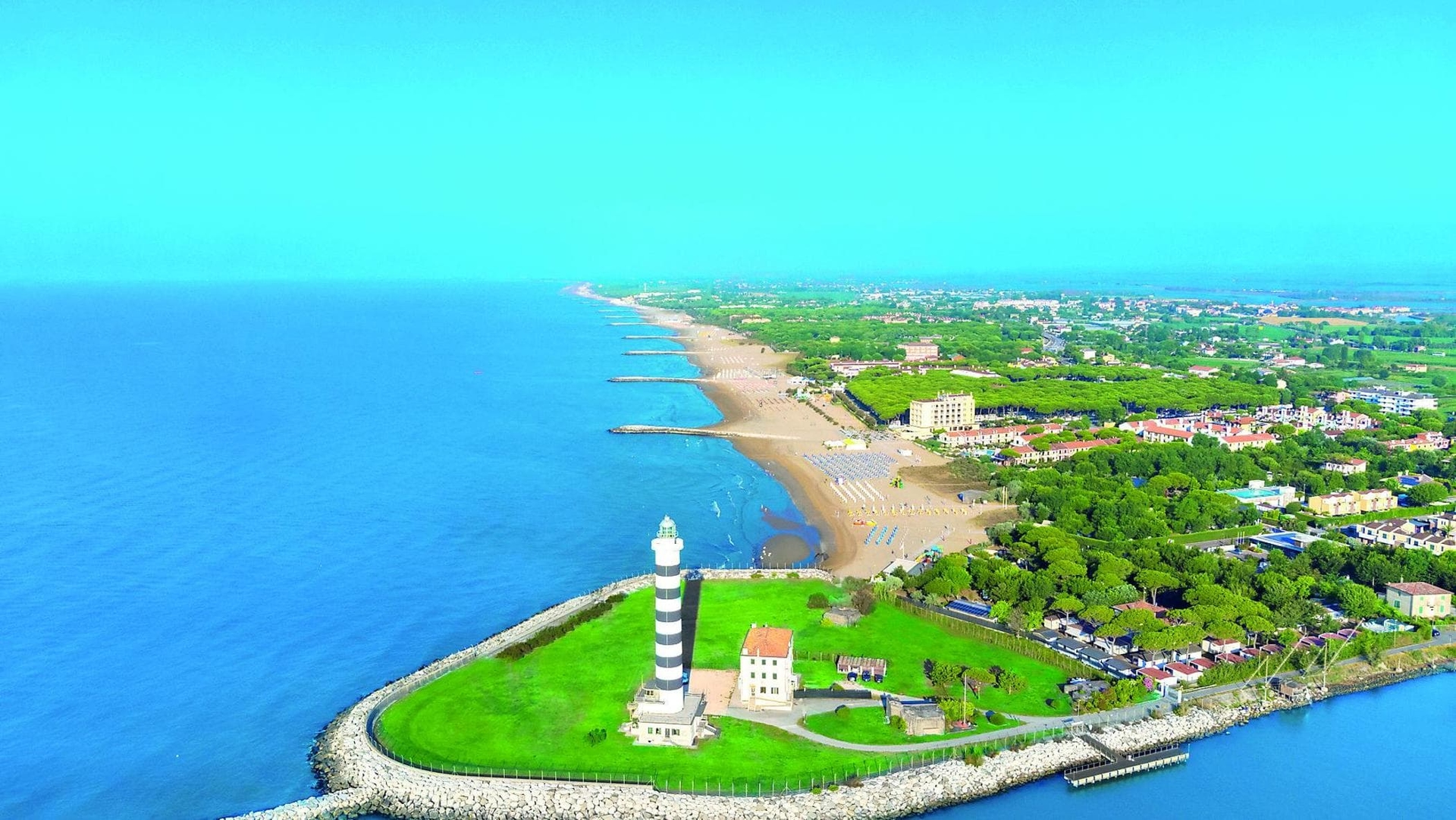Tourism on the rise, with new destinations and the "off-season"

Let's take a look at the data. The latest, though still provisional, data was released by ISTAT (National Institute of Statistics). They demonstrate the growth of tourism in Italy between April and June. Here are the numbers: +1.1% for arrivals and +4.7% for overnight stays compared to the same quarter last year. This result is far from a foregone conclusion, considering that 2024 was an exceptional year, with record flows.
SPECIAL FILE: The State of Tourism in Italy
Further surveys, relating to the summer season, will reveal whether the trend is solid and, above all, whether 2025 is poised to become the year in which the country returns, more or less stably, to pre-Covid levels. Signs of this have already arrived, but the challenge goes beyond recovery after the decline caused by the lockdown restrictions. Having put aside the debate over the summer squeezed between empty beaches and overbooking, the major medium- and long-term issues are diversification, deseasonalization, and sustainability.
This will be the topic of discussion on Thursday at "The State of Tourism in Italy," an event organized by Repubblica in Cavallino Treporti (Venice), a leading European municipality for outdoor tourism. Along with many local and national administrators, industry professionals, and representatives of trade associations, the event will include Mayor Roberta Nesto, Minister of Enterprise and Made in Italy, Adolfo Urso, and President of the Veneto Region, Luca Zaia.
The latest ISTAT data help better understand the new challenges. The growth in tourism during an unconventional period, such as between April and June, is indicative of a deseasonalization that also impacts supply. If Italians aren't just vacationing in the summer or taking ski vacations in the winter, one of the big questions that arises is whether the tourism system is equipped for all-season tourism.
Are services, accommodations, transportation, and attractions capable of sustaining demand? This question, in turn, raises other considerations, such as seasonal work, which, given the 12-month-a-year or near-year tourism trend, will be affected by countless training and contractual changes.
The same reasoning applies to accommodations. Off-season tourism also affects the non-hotel sector: arrivals grew by 6.1% and overnight stays by 5.4%, demonstrating that dedicated accommodations are no longer sufficient.
Profound changes are also affecting destinations: diversification can help manage the phenomenon of overtourism, but alternative destinations to the absolute favorites (coastal resorts, cities of art, and more) still suffer from a lack of facilities and access to the area. Meanwhile, however, demand is growing. Just look at mountain towns: overnight stays increased by 12% in the second quarter compared to the April-June period of 2024.
And then, again, sustainability. The grassroots push focuses on sustainable mobility (walking, historic railways, and cycle paths). For the government and operators, however, the commitment lies in sustainability choices in sector policies: corporate management systems and more rational energy use to reduce waste, as well as low-impact means of transport. The future of tourism starts here.
©ALL RIGHTS RESERVED
La Repubblica





